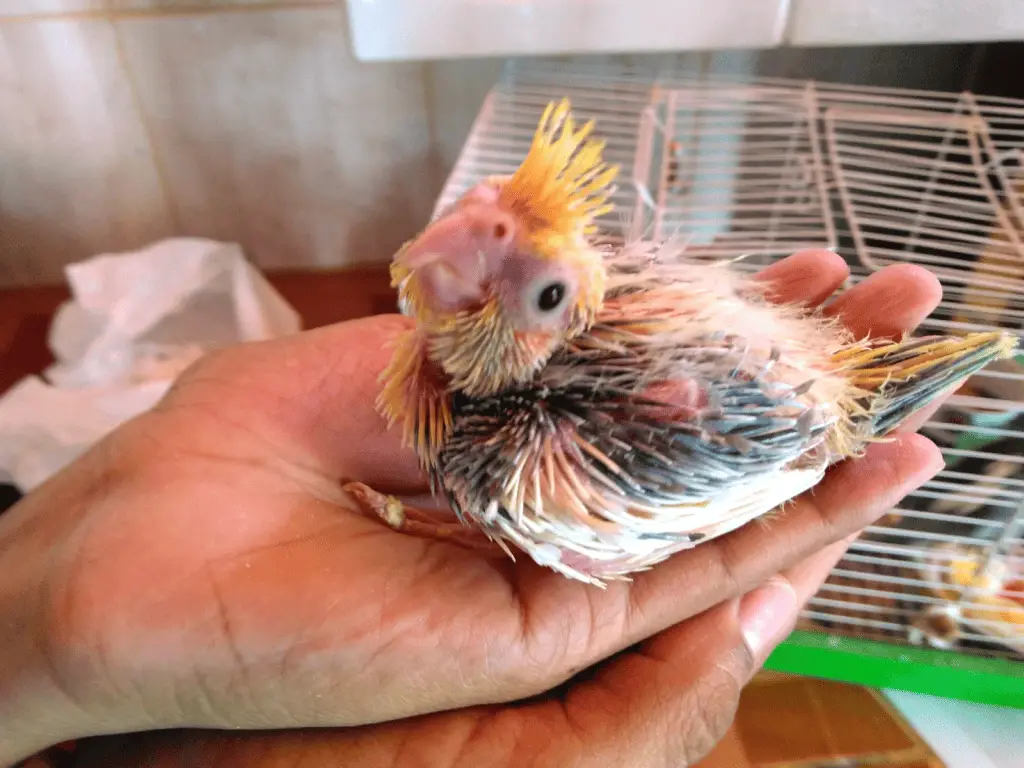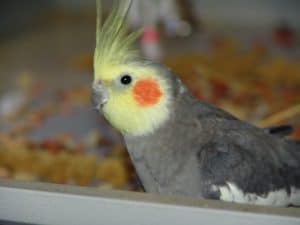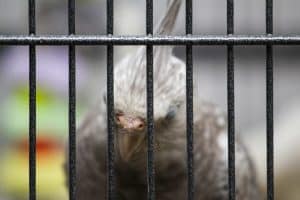As a cockatiel breeder, it’s crucial to keep a close eye on the development of your eggs. Monitoring the progress of your eggs can help ensure the health and viability of your future hatchlings. One of the best ways to do this is through the process of cockatiel egg candling.
Egg candling is a simple yet effective method that involves using a light source to illuminate the interior of the egg. This allows you to see the growth and development of the embryo inside. By regularly candling your cockatiel eggs, you can get a better understanding of their progress and identify any potential issues early on.
Cockatiels are social birds that can be kept as pets, and they are known for their friendly personalities and beautiful feathers. In this blog post, we will be discussing the process of egg candling and what to look for during each stage of development in cockatiel eggs.
What is Egg Candling?
Egg candling is the process of using a light source to observe the inside of an egg to assess its fertility and the development of the embryo. This process is commonly used for chicken eggs but is also applicable for cockatiel eggs.
The idea behind egg candling is to shine light through the egg and see what is happening inside. This can help you determine if your cockatiel eggs are fertile and if the embryos are developing correctly.
Differences Between Fertile and Infertile Eggs
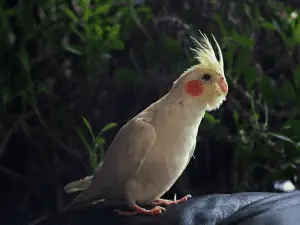
Before we dive into the specifics of cockatiel egg candling, let’s first discuss the differences between fertile cockatiel eggs and infertile eggs. Fertile eggs are eggs that have been fertilized by a male bird, and they contain a developing embryo. Infertile eggs, on the other hand, do not contain a developing embryo and are generally used for food or other purposes.
Fertilized eggs will look different from infertile eggs when candled. Fertilized eggs usually have a dark, cloudy area at the large end of the egg. This is the blastodisc, which indicates that a male bird has fertilized the egg. An unfertilized egg will look clear with no dark areas.
When to Candle Cockatiel Eggs?
Candling eggs should be done at regular intervals during the incubation process, which is typically 21 days. This will help you determine when the eggs are hatching and ensure that your cockatiels’ eggs have a healthy development.
Female cockatiels will often lay eggs every other day, so it is important to candle the eggs at least once a week. During the first two weeks of incubation, candling can be done twice a week, and during the final week, you may want to do this more often.
Process of Cockatiel Egg Candling
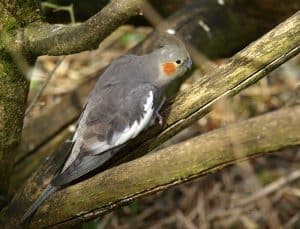
Now that we have a basic understanding of the difference between fertile and infertile eggs, let’s move on to the process of egg candling.
The first step in egg candling is to gather your materials. You will need a bright light source, such as a flashlight or a special candling lamp, and the eggs you want to examine. It’s important to have a dark room or area where you can conduct the egg candling so that the light source is the only source of light in the room.
Once you have your materials ready, you can start the egg candling process. Hold the egg up to the light source, making sure that the large end of the egg is facing the light source. The light should shine through the egg and allow you to see what’s happening inside.
During the first few days of incubation, it’s difficult to see anything inside the egg. However, as the days go by and the embryo begins to develop, you will be able to see more and more through the egg.
During the first week of incubation, you should see a small air sac at one end of the egg. This air sac is important because it provides the developing embryo with oxygen. You may also be able to see the faint outline of the embryo.
As the incubation period progresses, you will start to see more and more of the developing embryo. During the second week of incubation, you should be able to see the head and body of the embryo, and by the end of the second week, you should be able to see the developing feathers.
By the third week of incubation, the embryo should be fully formed and you should be able to see its eyes and beak. During the fourth week, the embryo will start to move around inside the egg, and you should be able to see it turning and moving.
It’s important to note that egg candling is not a perfect science, and not all eggs will develop at the same rate. Some eggs may develop more quickly or slowly than others, and some may not develop at all.
For a chicken egg, you should be able to see a developing embryo at about the 10-day mark. For cockatiel eggs, it may take up to 17 days for the embryo to become visible.
Benefits of Egg Candling
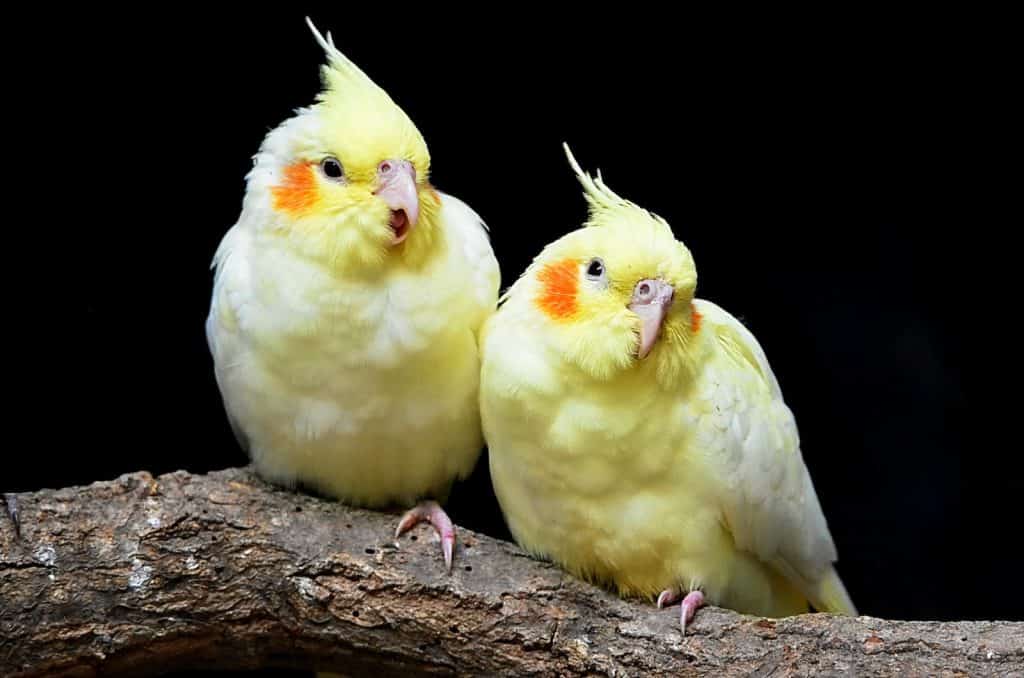
One of the benefits of bird egg candling is that it allows you to identify eggs that are not developing correctly. If you notice that an egg is not developing at the same rate as the others, or if you can’t see any development at all, it’s likely that the egg is infertile and should be removed from the incubator.
Egg candling is a useful tool for breeders and pet owners aliketo monitor the development of their cockatiel eggs. It can give you a better understanding of the eggs you have laid and help you identify any issues that may arise during incubation.
In addition to egg candling, there are other things you can do to ensure that your cockatiel eggs are developing correctly. First, it’s important to maintain the proper temperature and humidity levels in your incubator. This will help to ensure that the eggs are incubating correctly and that the embryos are developing properly.
Second, it’s important to turn the eggs regularly. This helps to keep the yolk centered in the egg and ensures that the developing embryo has access to the nutrients it needs to grow. It’s recommended that you turn the eggs at least three times a day, but some breeders may turn them more often.
Finally, it’s important to make sure that the eggs are not getting too dry. You can do this by misting the eggs with a spray bottle filled with water. This will help to keep the eggs hydrated and prevent the shells from cracking.
Tips for cockatiel breeders
1. Maintain the proper temperature and humidity levels in your incubator to ensure that your eggs are developing correctly.
2. Regularly turn the eggs and mist them with water to keep them hydrated.
3. Monitor the development of your cockatiel eggs using egg candling to identify any issues that may arise during incubation.
4. Seek help from a veterinarian if you are concerned about the health of your cockatiels or their eggs.
5. Use caution when handling cockatiel eggs, as they can easily be damaged. Handle them gently and keep them away from sharp objects and direct sunlight.
6. Provide your adult birds with a healthy diet to ensure that their eggs are of the highest quality.
7. Stay patient and remember that incubation is a long process – it can take up to 25 days for cockatiel eggs to hatch!
8. Be prepared for your chicks to arrive – make sure you have the appropriate housing, food, and other supplies ready for your new additions.
9. Once the chicks have hatched, be sure to monitor their development regularly and provide them with any necessary medical care.
10. Enjoy the amazing experience of watching your cockatiels grow up and develop into beautiful birds!
Cockatiel behavior can vary depending on their age, environment and other factors. Watch your cockatiels carefully to ensure that they are healthy and happy. If you notice any signs of distress or illness, contact a veterinarian right away. With the right care and attention, your cockatiels can live long, healthy lives!
Final Thoughts: Cockatiel Egg Candling
Cockatiel egg candling is an essential tool for those who are breeding or keeping pet cockatiels. It provides valuable information about the development of the eggs and helps to ensure that they are healthy and thriving. By following the guidelines outlined in this blog post, you can effectively monitor the development of your cockatiel eggs and ensure a high hatch rate.
Whether you are a seasoned breeder or a first-time pet owner, candling is a simple and effective way to keep track of your birds’ progress. So, if you have cockatiel eggs, be sure to give egg candling a try and experience the benefits for yourself!
Other suggested articles:
